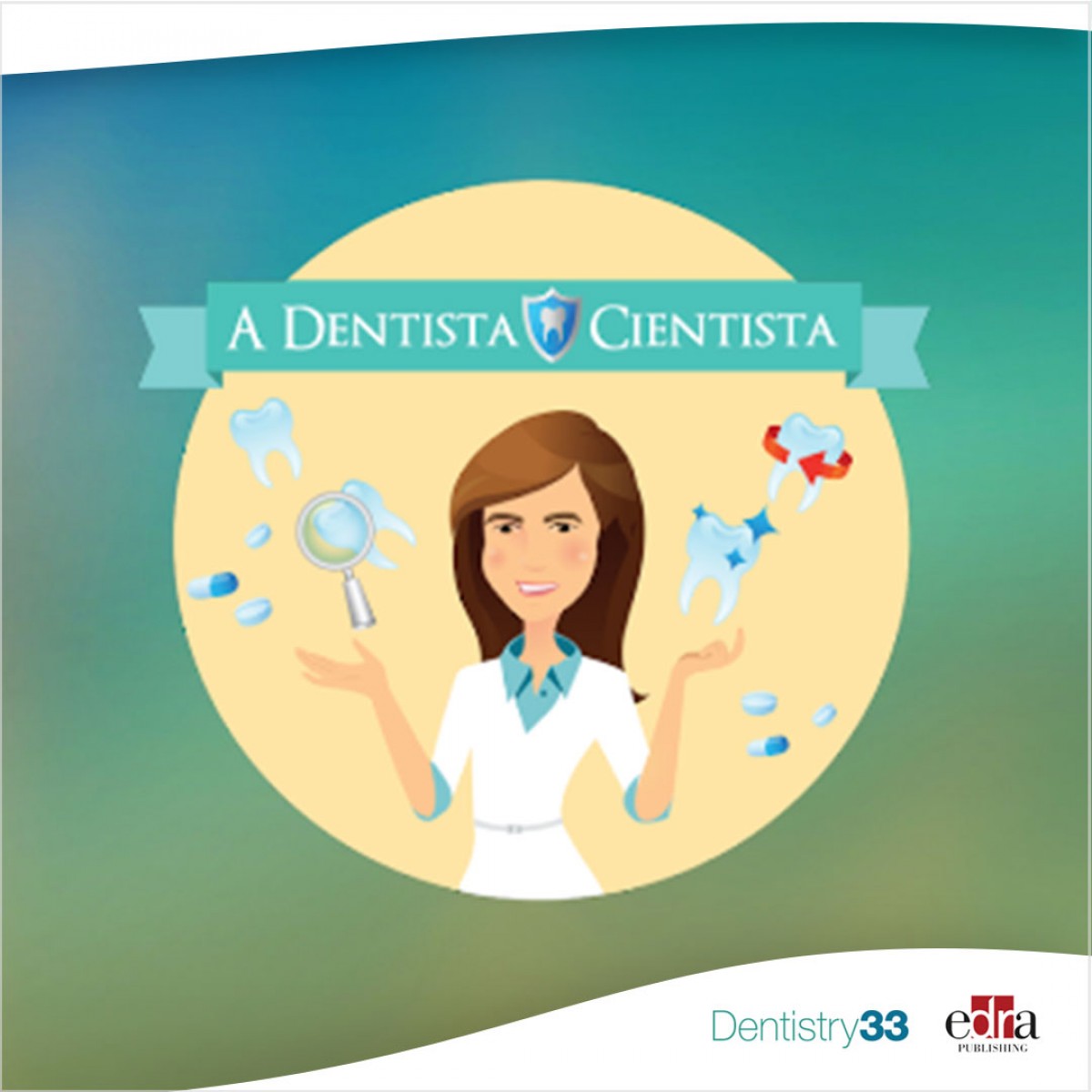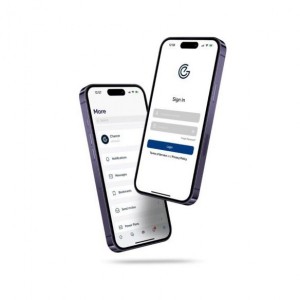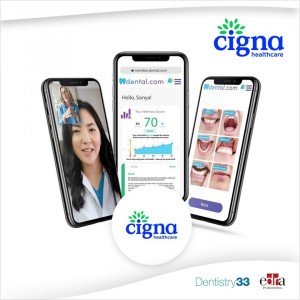
Does an app improve oral hygiene in patients undergoing orthodontic treatment?
Design
This is a randomized cohort study.
Cohort selection
The inclusion criteria comprised patients aged 14–19 years who started their orthodontic treatment using fixed appliances at the Orthodontic Clinic at Universidade Cruzeiro do Sul, San Paulo, Brazil. Only patients who had smartphones were included in this study. The exclusion criteria comprised patients who had previous orthodontic treatment, presence of any oral pathology, and chronic use of analgesic medication or presence of syndromes. Included patients were randomized to two groups (control and experimental).
Data analysis
The oral hygiene of the included patients was evaluated clinically at five points in time: before bonding fixed orthodontic appliance (T0), immediately after randomization (T1), at 30 days after the beginning of the intervention (T2), at 60 days after the beginning of the intervention (T3), and at 90 days after the beginning of the intervention (T4). Oral hygiene was assessed using visual plaque index (VPI) and gingival bleeding index (GBI) at six sites of all teeth in every arch excluding third molars. Prior to the intervention, all patients who participated in this study underwent an oral hygiene session aimed to obtain a plaque index equal to zero and were given standardized oral hygiene instructions. Patients included in the control group were not given any structured oral hygiene follow-up in addition to the standard follow-up already established at the orthodontic clinic. Patients in the experimental group were instructed to install an application (A Dentista Cientista) that was designed especially for this study on their smartphones. This application aimed to guide and motivate patients daily in a playful way about performing oral hygiene practices. The application reminded the patients to perform their oral hygiene through an alarm.
Results
A total of 11 patients were screened for study eligibility; 3 patients were excluded from the study. Eight patients were included in this study, four patients in each group. Although VPI and GBI values were reduced at T1 and T2 in the experimental group, there were no statistically significant differences for VPI and GBI between the groups at any time evaluated (P > 0.05). The patients who were included in the experimental group reported a good acceptability of the application and they would recommend it to other people. In addition, the patients who were included in the experimental group agreed that oral hygiene is crucial and 75% of them agreed that the application encouraged them to take better care of their oral health.
Conclusions
This study showed that mobile applications might help in improving the oral hygiene of orthodontic adolescent patients.
Al-Dboush, R., Al-Zawawi, E. & El-Bialy, T. "Does motivation via a smartphone application improve oral hygiene in patients undergoing orthodontic treatment?" Evid Based Dent 24, 52–53 (2023). https://doi.org/10.1038/s41432-023-00875-7.
 Related articles
Related articles
Products 23 October 2024
Embrasure Space Launches iOS and Android Applications for Smartphones and Tablets
Embrasure Space, the innovative platform dedicated to connecting dental professionals, is proud to announce the launch of its mobile applications for iOS and Android devices.
News 29 August 2023
Cigna Healthcare helps patients screen for dental health issues from a smartphone
The no-cost screenings are powered by SmartScan and aim to encourage the millions of people who suffer from anxiety around dental visits to get informed about their oral health from the comfort of...
Digital Dentistry 20 April 2023
WhatsApp is the most used communication app according to the survey that found 84.3% used the app. Traditional text messages are sent by 50.9% of doctors, while only 14.5% use Telegram or...
The increasing use of smartphones in dental applications is one of the primary factors augmenting the industry growth.
Pediatric dentistry 25 January 2023
Risk assessment and caries management, in pediatric patients, using a smartphone application
A mobile application, "CAMBRA-kids," helps assess the risk of caries in children and manage it accordingly.
 Read more
Read more
Much like EMTs rushing to the scene after an accident, stem cells hurry to the site of a skull fracture to start mending the damage. A new finding has uncovered the signaling mechanism that triggers...
Products 05 November 2025
SimplyTest has launched a groundbreaking saliva-based test to detect high-risk strains of oral human papillomavirus (HPV), a major cause of oropharyngeal cancers.
News 05 November 2025
Perimetrics, Inc., a dental technology company pioneering quantitative diagnostics, announced today that the U.S. Food and Drug Administration (FDA) has granted clearance for the InnerView...
News 05 November 2025
On October 15, open enrollment for Medicare began nationwide. Hundreds of thousands of seniors in New Jersey will once again face the challenge of finding the right Medicare coverage, including the...
Digital Dentistry 04 November 2025
Digitalisation is an expanding field in dentistry and implementation of digital teaching methods in dental education is an essential part of modern education.















